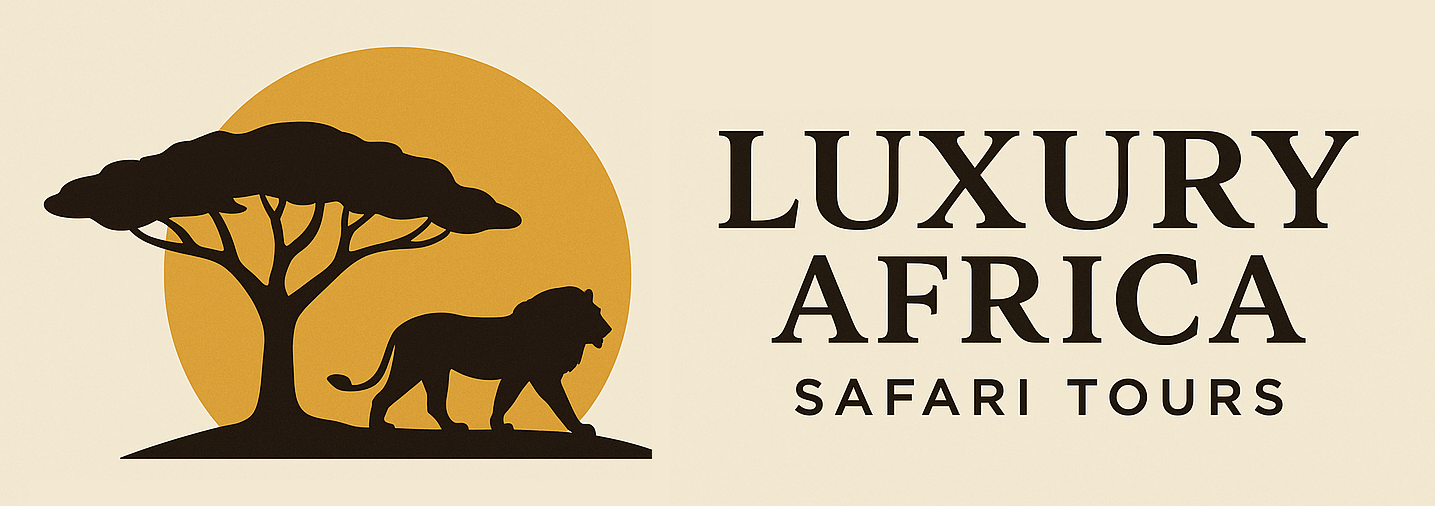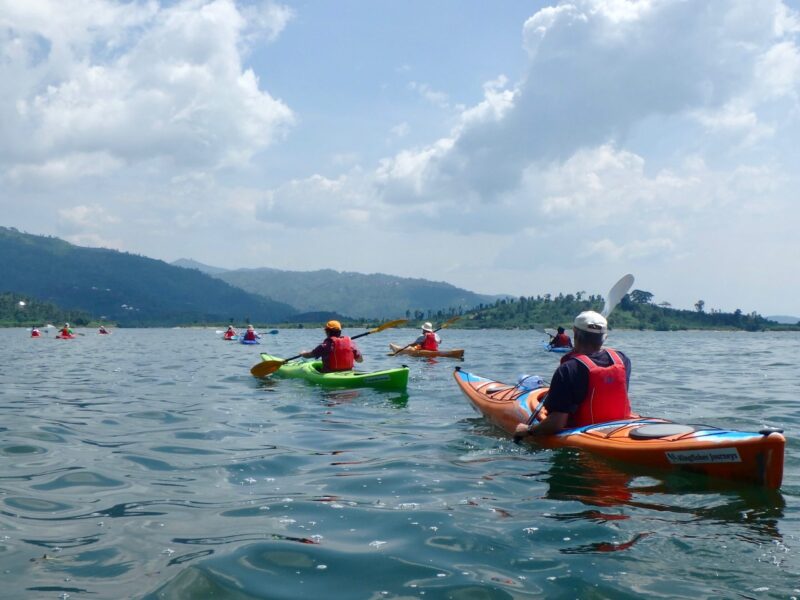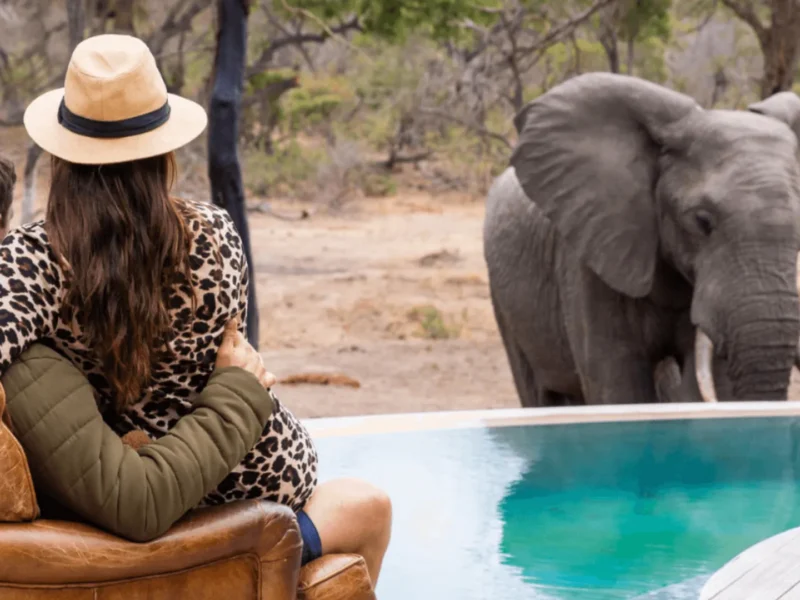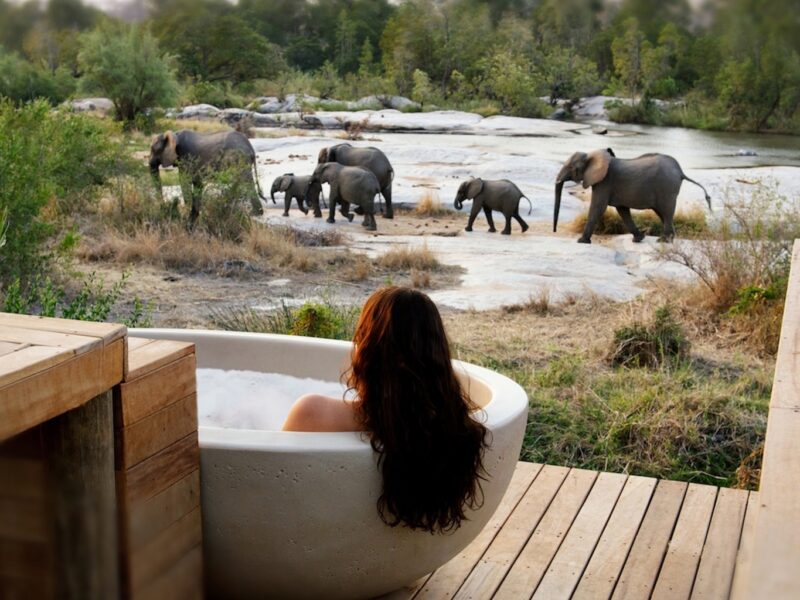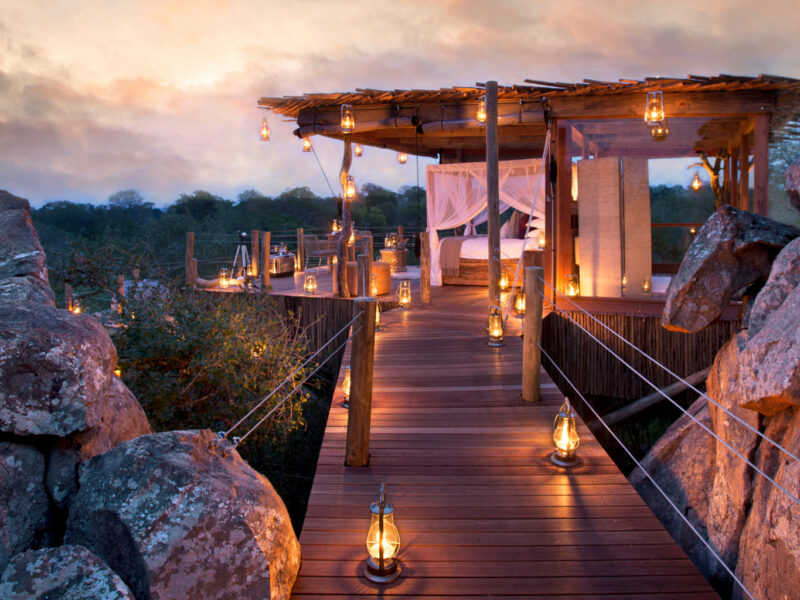When to Visit Rwanda: March
March ushers in a noticeable shift in Rwanda’s climate as the long rainy season begins to unfold. While it’s not traditionally considered a peak month for tourism, March holds its own quiet appeal. The country begins to turn a deeper shade of green, landscapes swell with new life, and the tempo of travel slows—offering a more introspective and atmospheric take on Rwanda’s wild beauty. For travelers willing to embrace a bit of unpredictability, March can be a rewarding time to visit, rich in mood, authenticity, and fewer crowds.
Weather and Landscape
March marks the onset of Rwanda’s long rains, a season that typically stretches through April and into early May. Rainfall becomes more frequent and heavier, especially in the afternoons and evenings, with thunderstorms occasionally sweeping through. That said, the rain often comes in bursts rather than all-day downpours, meaning there are still plenty of dry, sunny intervals—particularly in the mornings.
Temperatures remain pleasant, averaging 25°C to 27°C (77–81°F) during the day, with cooler nights in the highlands. The benefit of the rain is immediately visible: hillsides are lush and vibrant, forests are alive with birdsong, and waterfalls flow stronger. Rwanda, already a green country, takes on a richer, more dramatic palette in March.
Gorilla Trekking in the Rain
Yes, gorilla trekking is still possible in March—and it’s actually a fascinating time for those who don’t mind a bit of mud and mist. The rain may make the trails in Volcanoes National Park slippery and more challenging, but the rainforest ambiance is at its peak. Gorilla groups tend to stay at lower altitudes during the rainy season to avoid the chill, which can shorten trek times and reduce the physical demand.
The added bonus? March is part of Rwanda’s tourism low season, so you may find greater availability for gorilla permits and accommodations—and sometimes even discounts. Fewer tourists also mean more intimate trekking experiences and quieter lodges.
Chimpanzees and Rainforest Encounters
In Nyungwe Forest National Park, the rains bring out the full complexity of the forest ecosystem. Chimpanzee tracking becomes more challenging, as the primates are highly mobile and harder to locate during periods of heavy rain. However, the forest itself is stunning at this time of year, alive with amphibians, insects, and birdlife that thrive in the damp.
For nature lovers and photographers, the misty atmosphere, dripping foliage, and ethereal light filtering through the canopy make for an almost dreamlike forest experience. Just be prepared for wet conditions and plan activities with flexibility in mind.
A Quieter Lake Kivu
March is a calm time along the shores of Lake Kivu. While water activities might be limited during rainy spells, the lake remains a tranquil place to rest, reflect, or write. The surrounding hills, tea plantations, and sleepy towns like Kibuye and Gisenyi offer quiet, scenic backdrops where you can escape the bustle of city life or unwind between wildlife excursions.
Cultural Experiences and Travel Rhythm
One of March’s hidden strengths is its slower rhythm. With fewer tourists, interactions with local guides, communities, and hosts become even more genuine. Cultural experiences—such as visiting weaving cooperatives, enjoying home-cooked meals with local families, or exploring Kigali’s galleries and historical sites—are more personal, and scheduling is easier.
Rainy afternoons also lend themselves well to in-depth city tours, museum visits, or simply enjoying Rwanda’s increasingly vibrant culinary and coffee scenes.
Things to Consider
Traveling in March requires a bit more flexibility and a sense of adventure. Roads to more remote areas may be slower or temporarily affected by rains, and some outdoor plans may need adjusting due to weather. Packing waterproof gear, sturdy shoes, and quick-drying clothing is essential. But for those who don’t mind the occasional downpour, the tradeoff is a Rwanda that feels wilder, softer, and more open.
